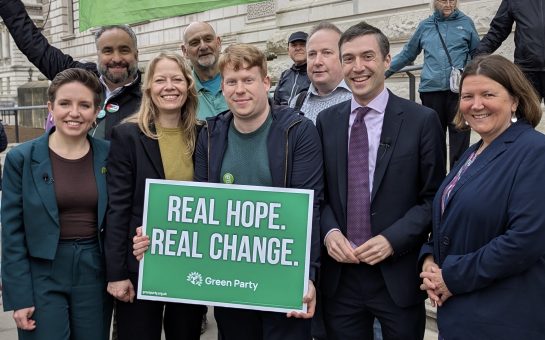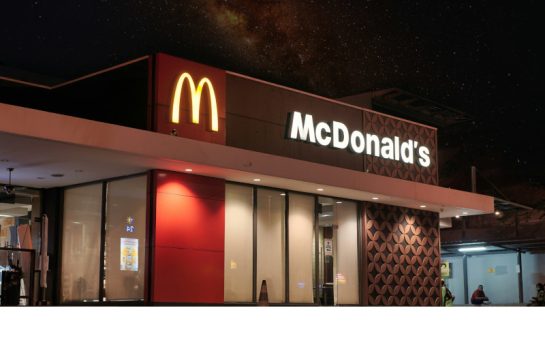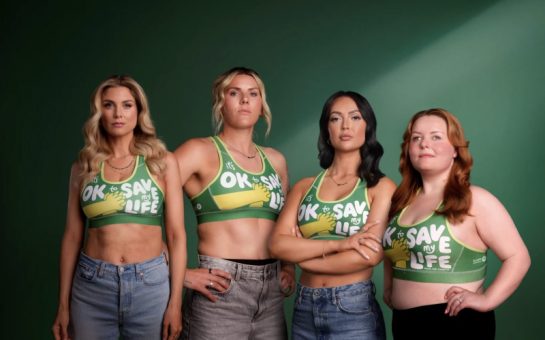Councils in England are not set to reach gender equality until 2077, according to figures released by a gender equality campaigning charity.
According to analysis by the Fawcett Society, only 34% of councillors elected in May were women, which amounted to less than a 1% point gain of women councillors since the 2019 elections.
Following this trend, a change of 0.52% points every two years, it would take 56 years to make up the 14.63% difference required for half of all councillors to be women.
The Fawcett Society is a gender equality campaign charity formed in 1953, with a history dating back to 1866, named for prominent suffragette Millicent Fawcett, which focuses on gender inequality across Britain.
Fawcett Society chief executive Felicia Willow said: “Almost all councils are dominated by men. The pace of change in local government is far too slow.
“During the pandemic we saw how significantly councils matter for women, whether that’s the care packages for disabled women that were disrupted or the children’s centres for new mothers that suffered closures.
“We need to see action from the parties.”
Party bias
The data shows divergent trends for political parties, while some parties have made strides for inclusion others have stayed stagnant or seen a decrease of women representation.
The Labour party is the closest to gender equality, with women making up 49% of all councillors elected for the party in 2021—a four percentage point increase from the 2019 figures.
Close behind is the Green Party with women making up 43% of all councillors elected for the party in 2021, the same as 2019.
The Conservative Party has seen lowest levels of women representation for a major party, with a drop of five percentage points from 2019 to 2021.
Liberal Democrats saw a slight decrease in women councillors by one percentage point to 33% in 2021.
Independent women councillors saw a growth of two percentage points in 2021 up to 31% of all independent councillors elected.
UKIP had the greatest decline of women councillors of any party, as it only has two male councillors nationwide.
South west London
The figures are positive for south west London with an average of 41% of women councillors per council, narrowly above the city’s average and six percentage points above the English average of 35%.
However, Kingston upon Thames is the only borough in the region to have more female councillors than male, with women making up 52% of all councillors.
Wandsworth, Hammersmith & Fulham, Lambeth and Westminster follow behind, with each enjoying levels of representation above or at London’s 41% average.
Croydon and Kensington & Chelsea both fall narrowly beneath the London average, but find themselves at least five percentage points above the English average, while Sutton is between the London and English averages.
Merton and Richmond upon Thames are the only two boroughs where women’s representation falls in-line with or below the English average.
Croydon Council’s leader, Labour councillor Hamida Ali, said: “Representation is fundamental for public services.
“Women need to reflected in the decision making process, otherwise those services are unlikely to meet the experiences, the needs and requirements of women in all their diversity in our community.”
Richmond Green Party councillor Monica Saunders said: “It’s very important to have a diversity of representation across all sorts of demographics: gender, ethnicity, sexuality and disability.
“I can remember we were debating opportunities and initiatives to reduce single plastic use and the disability champion in our council reminded us of how certain conditions required plastic straws to drink.
“It’s not until somebody who has a different experience reminds you of what life can be like.”
Problems with representation are not limited to gender but also to race, age and economic status.
A 2018 census by the Local Government Association found that 45% of councillors were retired, and that the average age of a councillor was 59.4 years old.
The survey also found that 95% of councillors were white with all other ethnic groups underrepresented compared to their actual share of the population.
Accessibility and remuneration
Both councillors felt that remuneration and accessibility were major barriers to a greater pluralism in local government.
Saunders revealed she had an allowance of £7,000 per year working an average of 20 hours per week, which equates to £6.73 per hour.
The national minimum wage is currently £8.91 per hour for those aged 23 and over, but the London Living Wage which better accounts for the cost pressures associated with the capital is £10.85 per hour.
Many councillors still employed work part-time or full-time on top of any responsibilities they assume in the role, which may not be feasible for younger citizens working full-time or those with young families.
Ali added: “The time available for women is very difficult because of a range of structural inequalities that put women disproportionately more responsible for household maintenance and care.”
Coronavirus restrictions meant that council functions could be held remotely for the first time, which both councillors felt made council functions easier to access.
Saunders said: “People have told me that there was a time when all committee meetings were happening during the day, so nobody who worked could possibly participate.
“Virtual meetings remove some of the barriers, and allows councillors to work around other responsiblities.”




